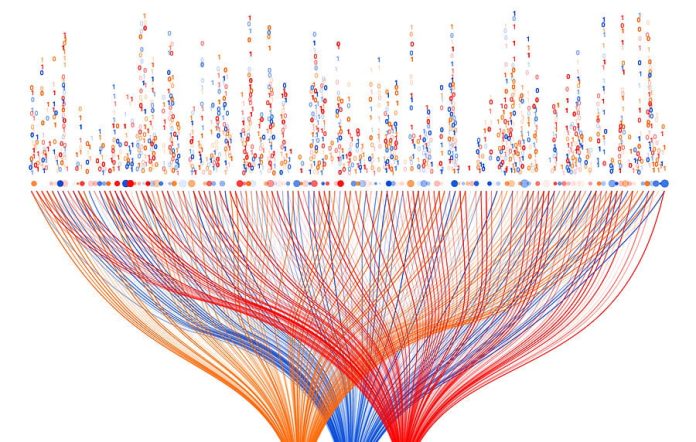Electronic security solutions and edge analytics have an immutable symbiosis – that’s important because edge analytics is considered one of the major technological trends of the next 5 years. When you delve into edge analytics, it’s impossible not to feel a sort of deja-vu and that’s because the security industry has been doing a loose form of edge analytics for a long time.
What this means is that edge analytics is a potential business opportunity for integrators, as well as an operational efficiency target for security and facilities managers. And there’s something else here, too. A hint of the technological changes in the future, when sensors deliver event data to clever edge devices that might take on some of the roles handled by solid state controllers and third-party servers in modern cloud applications.
Edge analytics is all about the way sensor data might be collected and analysed in the future by deep learning algorithms that live on sensors in real time, with only events correlating to thresholds activating notifications, being stored, or directed to management systems. In terms of topography, edge sensors gather data and edge devices crunch the data before handing it to edge gateways if required. The thinking behind this will be very familiar to electronic security people – it’s all about avoiding choking up networks with raw data that’s pouring in for centralised processing.
In electronic security applications, thresholds are built into sensor circuitry, video motion detection algorithms and door states. In the future sensors will have more powerful processors, giving them greater capacity to inform users. They’ll also have more ways to communicate. There’s a broader truth here – it’s that there are many kinds of sensors monitoring building systems, life safety systems, manufacturing systems, roadway traffic flow, bridge vibration sensors, industrial processes and plenty more.
In an edge analytics environment, all these sensors – reimagined smarter, faster, stronger – feed breaches of threshold events via edge devices into a management system, locally or via cloud, from which managers can derive unprecedented situational awareness. Part of the driving force of edge analytics is that about 75 per cent of data gathered is never used – that means it’s either clogging comms paths, or its not delivering raw data trends that might assist business management. This capacity to uncover unlaying trends applies to security sensors and cameras, too. They can detect and log data about every event that ever happens in their field of view. The learning potential is considerable.
Edge analytics offers other benefits. For a start, larger networks of sensors won’t impose an enormous bandwidth strain on networks – they’ll communicate when they need to, only what they need to, and never all at once. This means sensor networks can scale up mightily. Another benefit is that analysis at the edge is fast – there’s no need to transmit data into a queue for processing – the job is done on the spot.
Another benefit is that an edge sensor network with remote/onboard power and multiple comms options is robust. If a single sensor is impacted, the rest will continue to function. And given many sensors are hidden from view, the potential for attempted attacks is reduced. Further, should the network fail, processing of events will continue at the edge, with events stored remotely for re-transmission once communications are restored.
Another future advantage of edge analytics is that as device costs plunge and the efficiency of circuits and batteries is enhanced, smart sensors are likely to cost little more than standard devices, while delivering vastly improved performance. You can see this trend already in the AI functionality of entry level CCTV cameras that offer object detection and reasonably reliable face recognition.
A future in which edge analytics plays a central role might impact on our controllers, too. Currently most are solid state with IP connectivity. There’s a good reason for this. Solid state is highly dependable and can manage operations in the absence of communications with centralised workstations. There are other things controllers are very good at – managing remote wiring, centralising comms, switching, power, automation and plenty more.
Conversely, edge devices run a complete edge intelligence OS, yet can be battery powered, or linked to remote power and battery supported. They might communicate via cloud or access the network through an edge gateway. Will solid state controllers continue to be used, will edge devices crunching remote data using full operating systems take over some of their role, or will we see hybrid controllers empowered with onboard edge devices? All these futures are possible.
#securityelectronicsandnetworks.com









